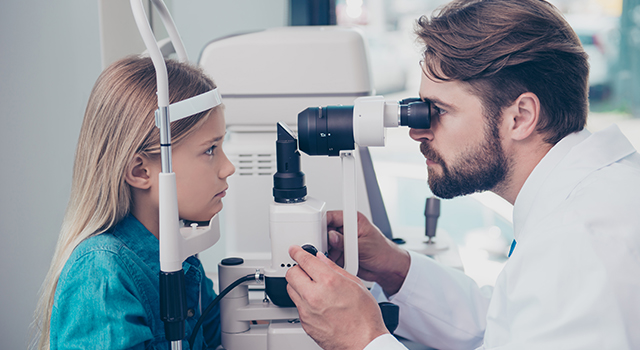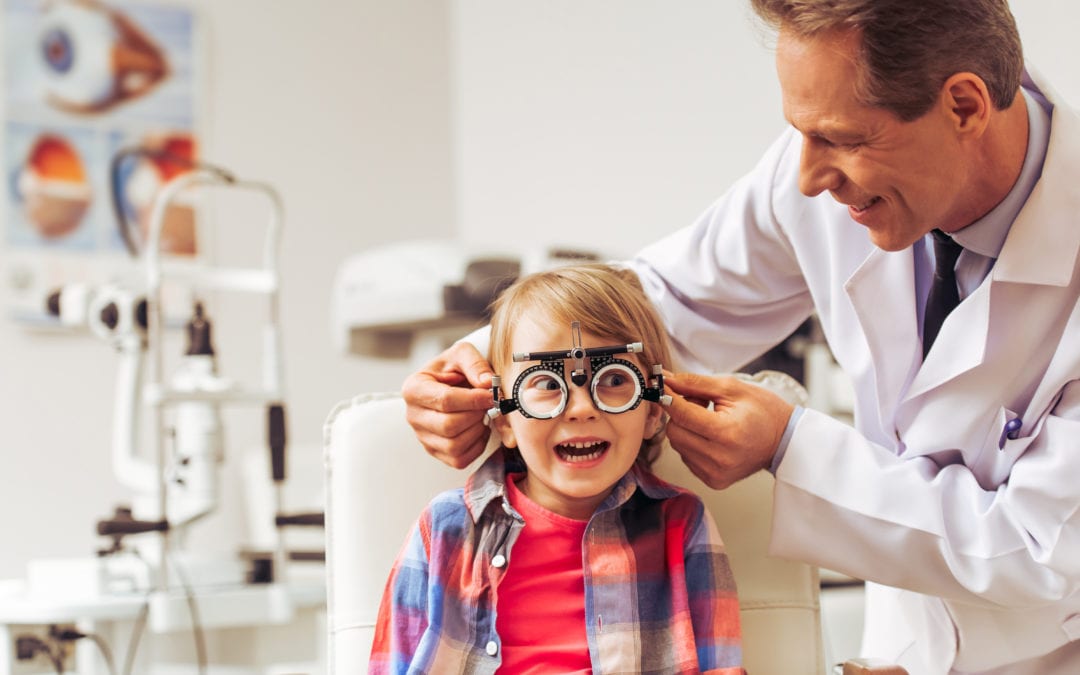Trustworthy Opticore Optometry: Elevating Your Eye Health Experience
Trustworthy Opticore Optometry: Elevating Your Eye Health Experience
Blog Article
The Comprehensive Eye Exam: What to Anticipate During Your Visit to the Eye Doctor
A see to the eye doctor for a detailed eye test is even more than a regular exam; it is a crucial action in protecting your visual health and wellness. From the preliminary conversation of your medical history to the precision of the visual acuity test, each component of the exam serves a details function. However just what occurs throughout the eye wellness analysis, and exactly how does it influence the prescription process? Comprehending these elements is vital for those who wish to keep ideal vision. As we explore each part, the importance of follow-up recommendations will certainly additionally end up being clear.
First Appointment
The first assessment during an eye exam functions as a critical structure for comprehending a patient's visual wellness requirements. This stage sets the tone for the whole examination procedure, enabling the optometrist to gather necessary info concerning the client's case history, way of living, and specific vision worries. By meticulously assessing any pre-existing problems, drugs, or previous surgical treatments, the eye treatment professional can tailor the exam to address private demands effectively.

Additionally, the first examination is a possibility for clients to articulate any type of problems or questions, cultivating a joint connection with their health care provider. This interaction not just makes certain that the person really feels notified and comfortable but additionally encourages them to take part actively in their eye health management. Jointly, these discussions enable the optometrist to design a tailored assessment plan, ensuring optimum care and precise medical diagnosis.
Visual Skill Test
Kicking off the core parts of an eye evaluation, the aesthetic acuity examination is designed to examine the sharpness and clearness of a patient's vision. This important assessment aids figure out exactly how well an individual can discern letters or signs at a standard distance, normally making use of a Snellen chart (Opticore Optometry). The chart makes up rows of letters that reduce in size from leading to bottom, with the patient placed at a customary distance of 20 feet
Throughout the examination, the patient is asked to cover one eye and check out out loud the tiniest line of letters they can see plainly. This procedure is duplicated for the other eye. The results are taped as a portion, with 20/20 vision showing normal visual acuity-- where the individual can see at 20 feet what an individual with regular vision can see at that range.
The aesthetic skill test also determines potential refractive mistakes such as myopia, astigmatism, or hyperopia, which may demand rehabilitative lenses. By developing a standard of aesthetic efficiency, the examination is an important analysis device that assists the eye treatment specialist in creating an appropriate treatment plan tailored to the individual's special aesthetic needs.
Eye Health Evaluation
Complying with the aesthetic skill test, a detailed eye wellness analysis is performed to make certain the overall well-being of the eyes. This important section of the eye examination includes a comprehensive evaluation of both the exterior and interior frameworks of the eye. The eye doctor or optometrist begins by examining the eyelids, cornea, conjunctiva, and sclera for any indicators of infection, swelling, or irregularities. Using customized devices like a slit lamp, the practitioner obtains an amplified view of the eye's makeup, allowing detailed examination.
Through the use of ophthalmoscopy or fundus digital photography, the retina, optic nerve, and blood vessels are carefully reviewed. In numerous cases, pupil dilation is performed to boost visibility of the inner eye frameworks, although this might result in momentary light sensitivity for the person.
Additionally, intraocular pressure is determined to evaluate for glaucoma threat. This is typically done utilizing tonometry, which can find raised stress degrees that could suggest potential damage to the optic nerve. Collectively, these analyses create a comprehensive evaluation to maintain ocular health.
Refraction and Prescription
Exactly how does one make certain optimum vision? An essential step depends on the process of refraction and obtaining an accurate prescription. Refraction is an advanced procedure conducted by eye care professionals to identify the accurate lens power needed to correct refractive errors such as nearsightedness, astigmatism, presbyopia, and hyperopia. The objective of this procedure is to evaluate how light bends as it travels through the eye, enabling the specialist to figure out whether restorative lenses are essential for boosted aesthetic skill.
During the refraction process, the patient is asked to check out a phoropter, a gadget that consists of various lenses. The specialist will methodically transform these lenses and ask the individual to compare clearness between choices until the ideal possible vision is achieved. This procedure is essential in crafting a precise prescription that defines the suitable lens power for spectacles or contact lenses.
The prescription acquired from this procedure not only maximizes vision but additionally works as a foundation for picking appropriate restorative eyewear. It is crucial to guarantee that prescriptions are frequently upgraded, as changes in vision can happen with time, emphasizing the value of regular eye examinations. This precise focus to information helps maintain clear, comfortable vision in day-to-day live.
Follow-Up Referrals

During a follow-up browse through, the eye medical professional will certainly carry out a collection of examinations pop over to these guys to examine aesthetic acuity and look for any kind of adjustments in vision that might require an upgrade to the prescription. Additionally, the follow-up offers a possibility to discuss any discomfort or issues experienced with existing glasses. Adjustments can be made to ensure comfort and efficacy, whether with lens modification or frame modifications.
For clients with ongoing problems such as glaucoma, diabetes-related eye problems, or macular degeneration, more regular follow-ups might be necessary. These appointments are essential for handling and potentially reducing the progression of eye disease. Complying with these referrals can considerably add to keeping visual health and stopping long-term complications.
Conclusion
The comprehensive eye examination is an important process for maintaining aesthetic health and wellness, encompassing an in-depth assessment of medical background and vision concerns. Secret parts include the visual skill test, which reviews eyesight clarity, and the eye health and wellness assessment, which checks out the overall problem of the find out this here eyes. Refraction tests help figure out the accurate lens prescription necessary for optimum vision correction. Follow-up suggestions give guidance for continuous eye treatment, making certain that any prospective concerns are addressed quickly and successfully.
A see to the eye physician for a thorough eye test is even more than a regular exam; it is an essential action in safeguarding your visual health and wellness.Kicking off the core elements of an eye assessment, the aesthetic skill examination is made to evaluate the intensity and clearness of a person's vision.Following the visual skill test, an helpful hints extensive eye health assessment is performed to make certain the total wellness of the eyes. These sees enable the eye treatment expert to monitor changes in vision, upgrade prescriptions, and examine the general health and wellness of the eyes. Key parts consist of the visual skill test, which reviews vision clarity, and the eye wellness evaluation, which examines the total condition of the eyes.
Report this page